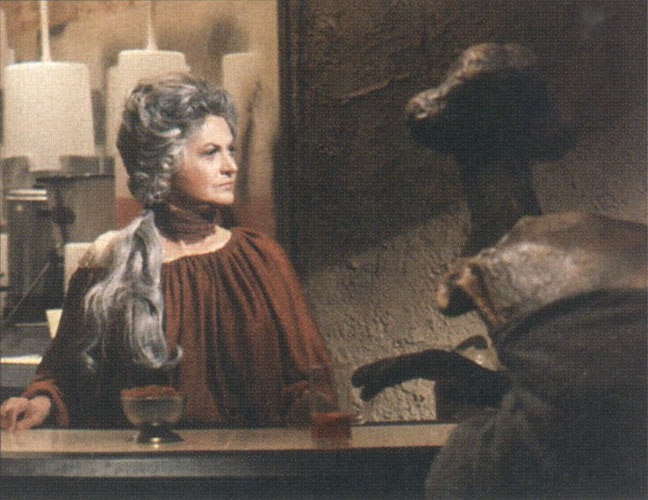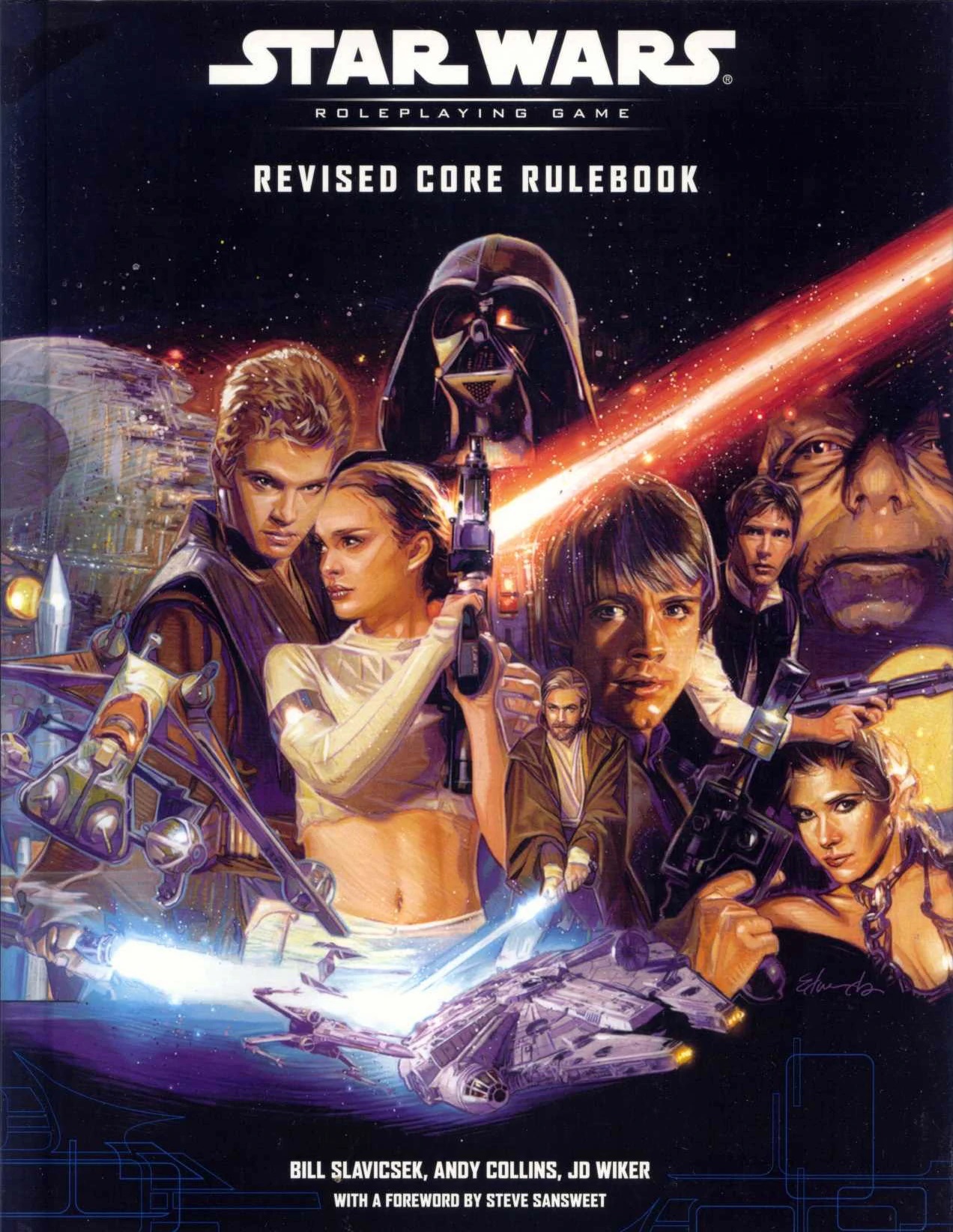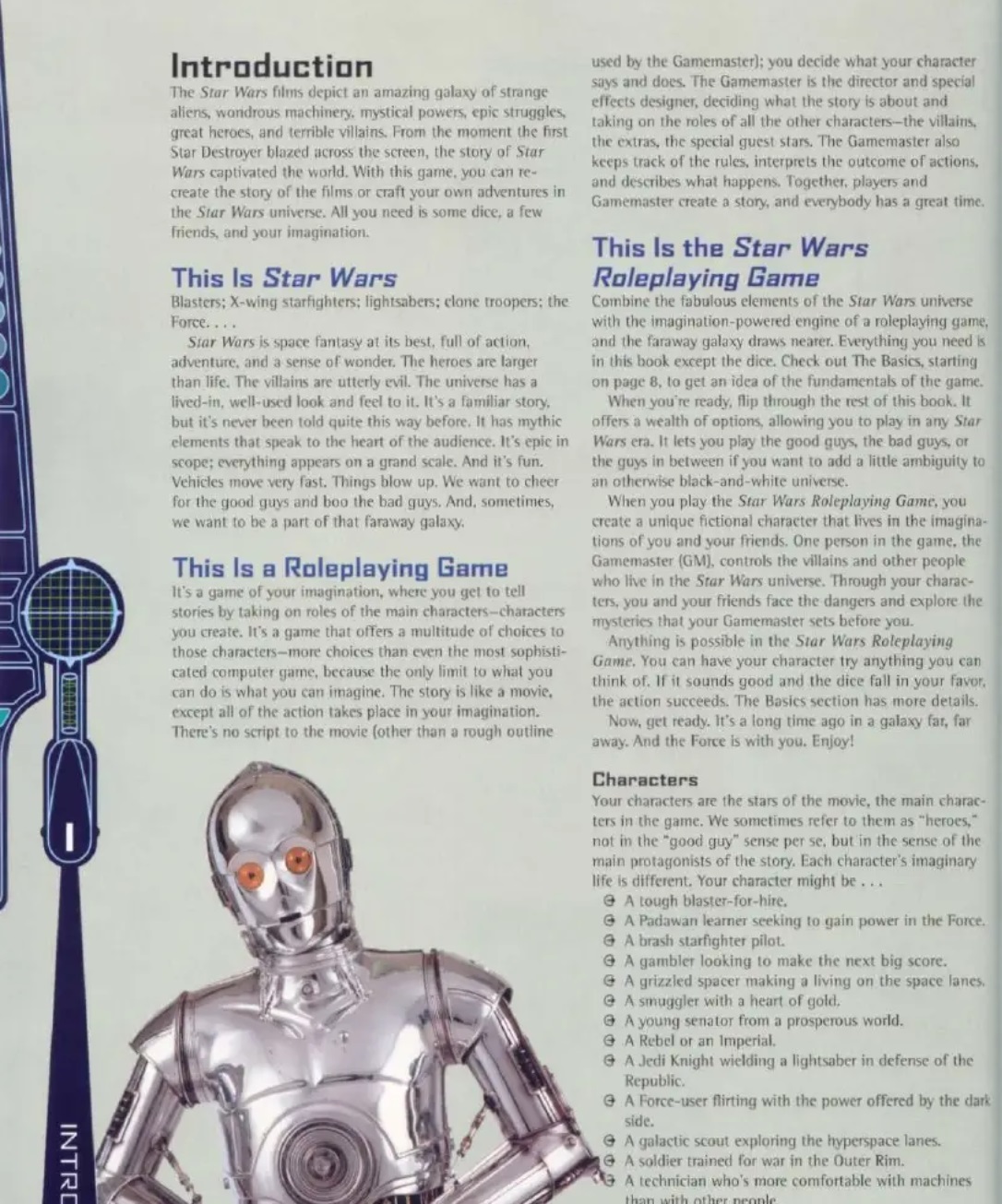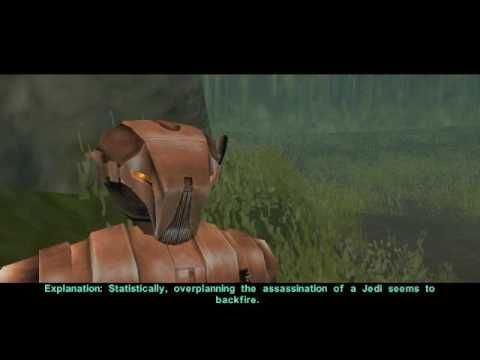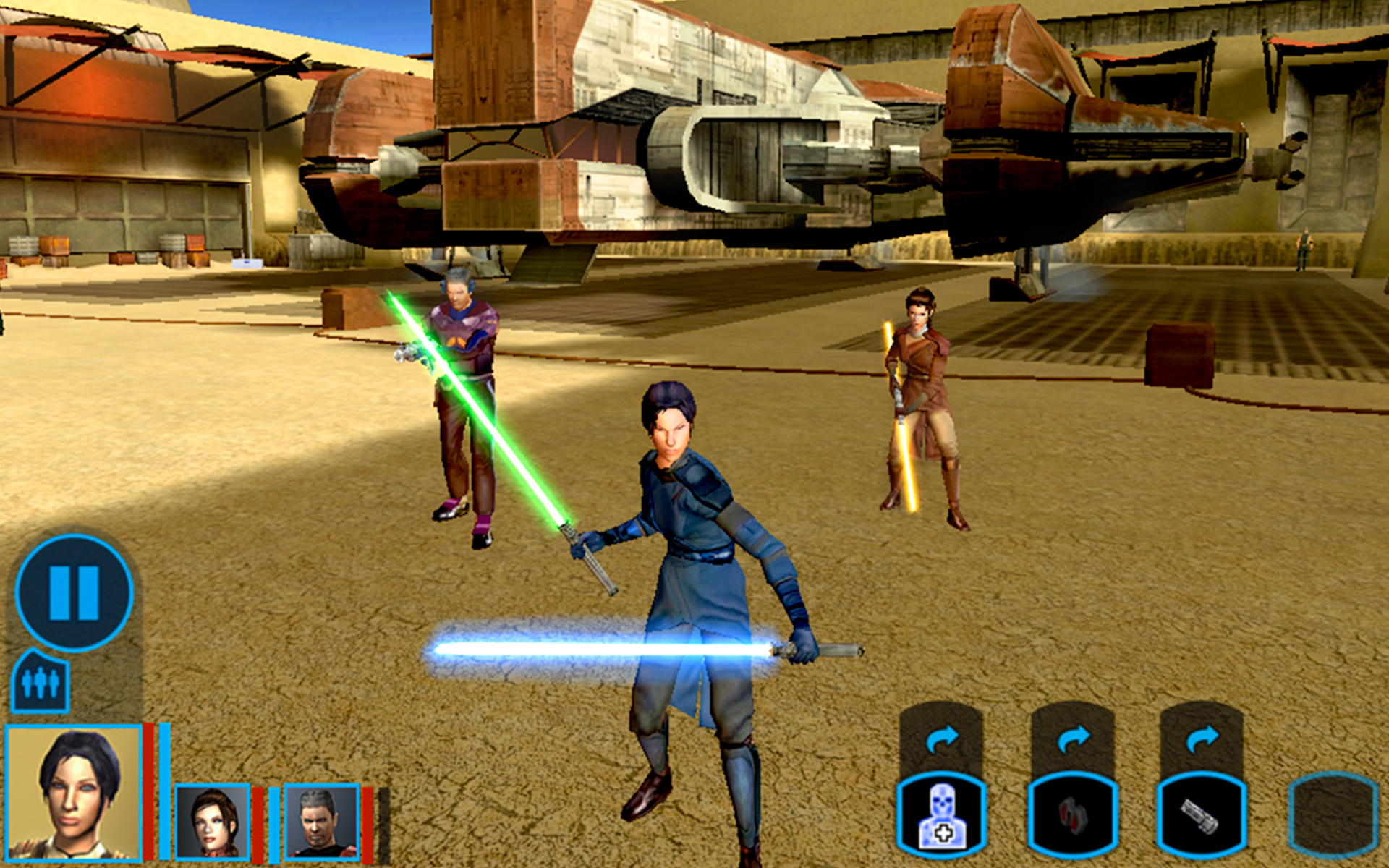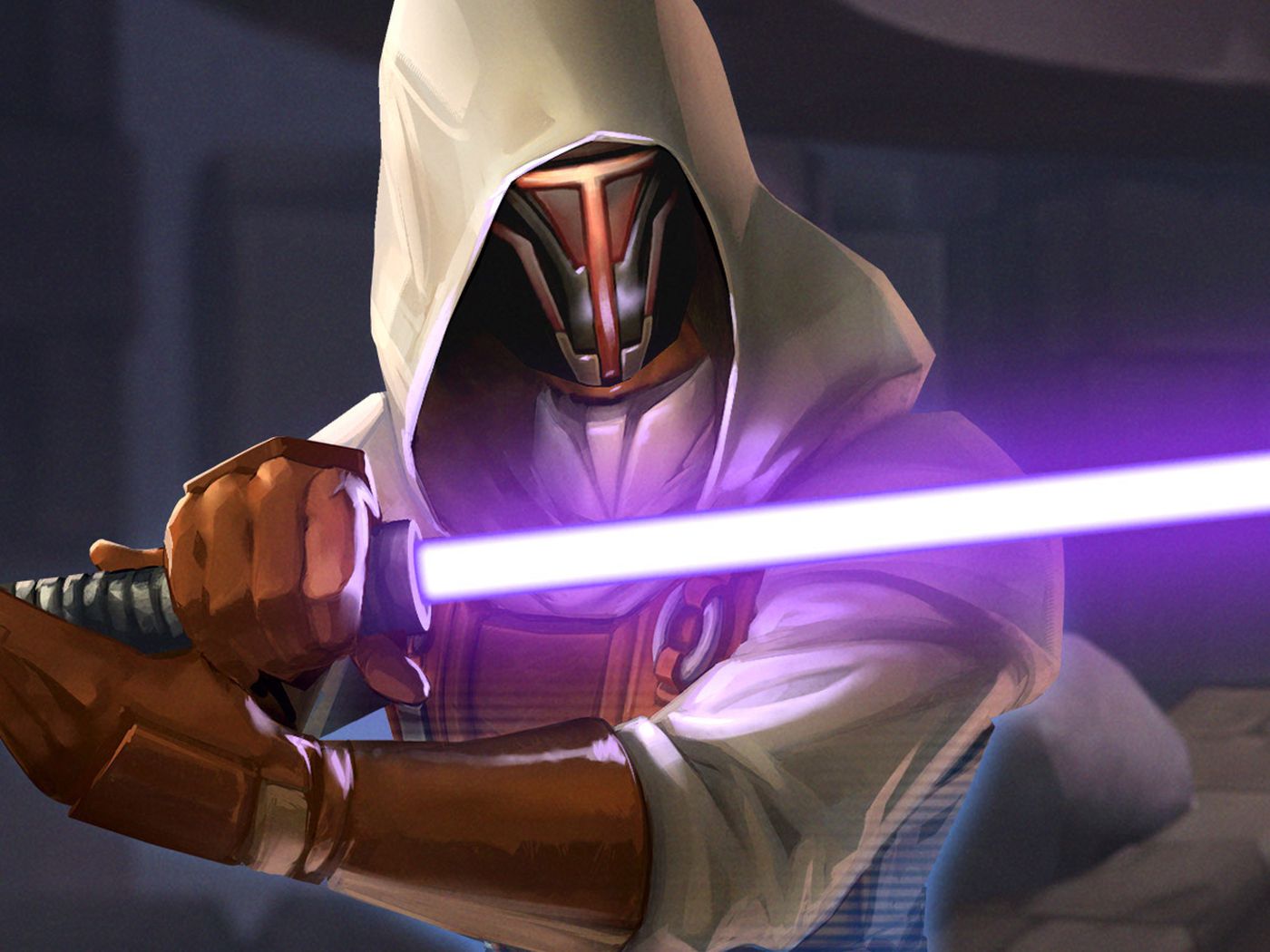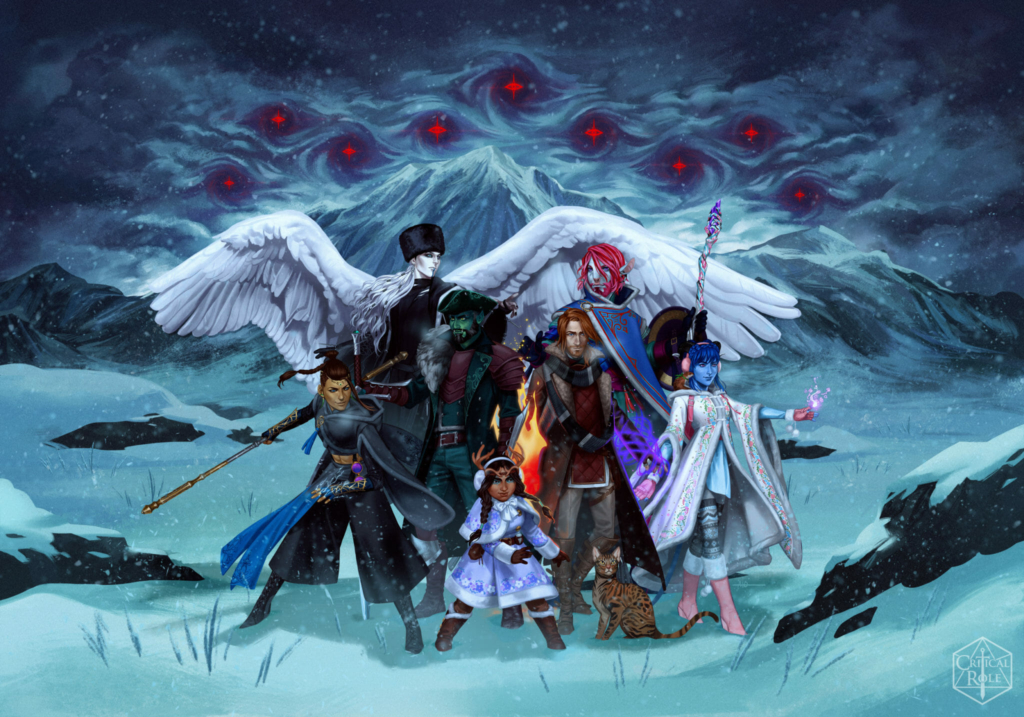How D&D Saved Star Wars – PRIME
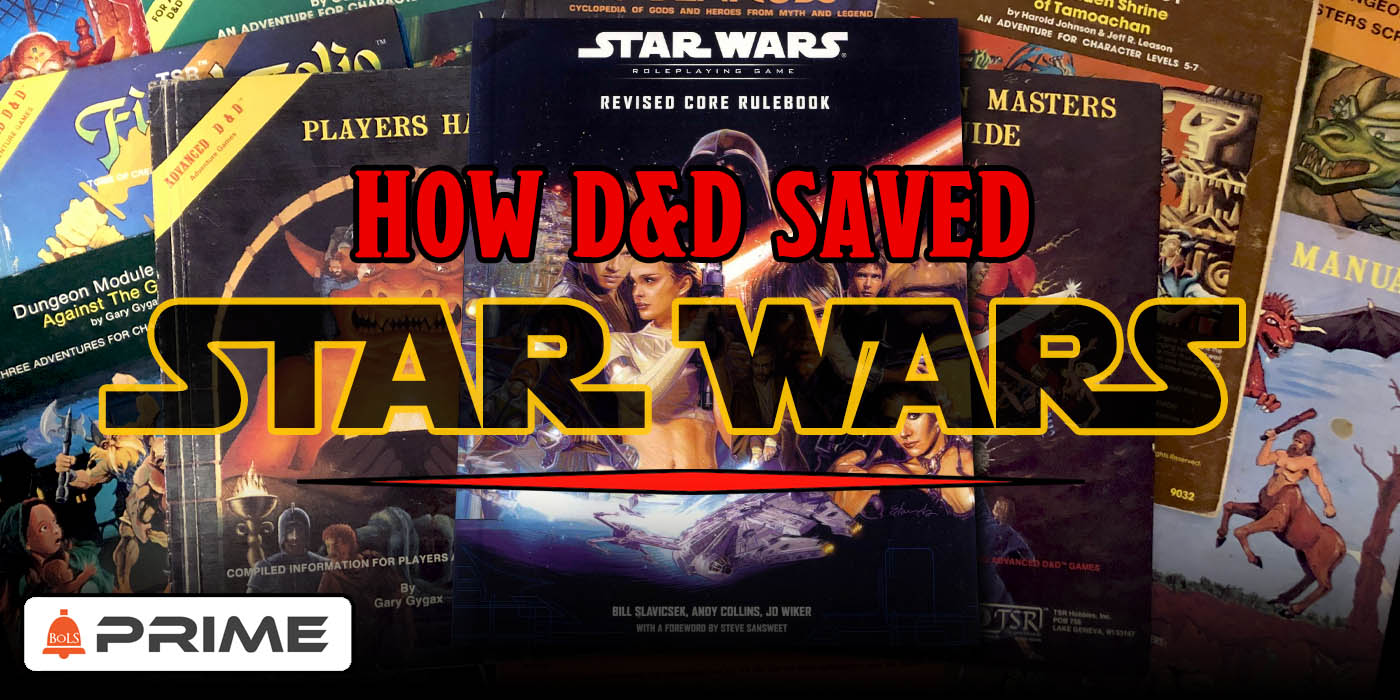
A long time ago in a galaxy far, far away, Dungeons & Dragons came along and helped save Star Wars. From a certain point of view, anyway.
In 1999 the world was perhaps more hyped for Star Wars than it had ever been. In the months leading up to May 19th, theatres around the world were inundated with trailers that began with words that evoked a distant galaxy and a time full of childhood wonder: Lucasfilm LTD.
The lead up to Star Wars Episode I: The Phantom Menace was a wild roller coaster of hype, anticipation, and fast food tie-in products, all backed by John Williams’ finest work to date. But, when the movie came out, reviews were… mixed. To this day The Phantom Menace has only a 51% rating on Rotten Tomatoes, which makes it about as well received as The Rise of Skywalker. By the critic and audience ratings, these are the worst Star Wars movies in the franchise–contrast with A New Hope, Empire Strikes Back, The Force Awakens, and notably The Last Jedi all of which boast scores of 91% or higher on various ratings aggregate sites, including Rotten Tomatoes.
Phantom Menace left a foul taste in the mouth of the generation that had grown up seeing Star Wars in the theatre in 1977-83. They had perhaps not realized that Star Wars, like most things in life including gender and sexuality, is a spectrum–and in this case, the spectrum runs from Empire Strikes Back to the Holiday Special, which you think you’ll like ironically or that will be so good it’s bad, and then you watch it and you start wondering why and then Bea Arthur comes on.
At any rate, as we left behind the 20th Century, Star Wars seemed like it was in dire straits based on early box office performance. We know now that things would eventually turn around for the franchise thanks to an explosion into many different media–and one of the things that resonated with fans was the release of Knights of the Old Republic. Here was an exploration into the Expanded Universe of Star Wars that was exceptional–to this day it’s one of the most beloved Star Wars games on record, second only to Super Bombad Racing. And a big part of that is because Knights of the Old Republic gave fans… a new hope.
The game told the story of an even longer time ago in that galaxy far, far away. And if you’ve never played it, it’s worth digging up. It has everything you want in a Star Wars and expands on lore that is still drawn upon in the franchise to this date.
But Knights of the Old Republic wouldn’t happen without Dungeons & Dragons. And not just in a “RPGs inspired the game” but KOTOR is built on the Star Wars Roleplaying Game, released in 2000 by Wizards of the Coast.
In 1997, when Wizards of the Coast acquired Dungeons & Dragons, they began work on a new system of roleplaying games. As we’ve talked about before, the engine that powered 3rd Edition D&D would revolutionize the industry for better and worse. Many a publisher tied themselves to the ship of the Open Gaming License, and they either sank or swam when 3.0 became 3.5. But the most important part here is that out of the generic “d20 system” that is WotC’s term for any and all d20-based non D&D content, came the Star Wars Roleplaying Game.
Written and designed by Andy Collins, J.D. Wilker, and most importantly Bill Slavicsek. Slavicsek is a legendary designer–he wrote for the original West End Games Star Wars system, and gave life and dimension to many of the concepts we take for granted in Star Wars. Bacta? Kyber crystals? Twi’leks? All of these have their origins in the West End Games’ RPG.
So Slavicsek and co. brought their expertise to a new project–a reimagined, d20-based Star Wars RPG. The new system deviated from standard D&D in a few key ways, but the old familiar classics are there. Melee characters needed either strength or dexterity, Power Attack and the feat chains that many a veteran of the 3.x optimization forums will tell you all about, featured prominently in any build.
Classes included: Fringer, Noble, Scoundrel, Soldier, Scout and then Jedi Guardian, Consular, and later Jedi Sentinel. Depending on what you picked, you could learn Force Powers which functioned a lot like wizard spells (but with a supply of force points) and all in all the system was perfect for Bioware’s new project.
Bioware, who had become practiced hands with the D&D 3rd Edition Engine with Neverwiner Nights released the year before, was able to use the round-based rules of d20 Star Wars to create a world unlike any other.
While games like Dark Forces and Jedi Knight offered up views into the expanded universe, KOTOR brought players down into the sands of Tattooine and let them run wild. It let their choices matter and offered up a galaxy full of mysteries to explore, ancient aliens to encounter/unlock, and of course, full of sith and jedi waiting to battle it out. It captured everything that people love about Star Wars and helped reinvigorate the fan base.
KOTOR kept the flame of hope burning until the lava flows of Mustafar helped reignite the love of Star Wars with the critical success of Revenge of the Sith. Did KOTOR single handedly save Star Wars? Probably not. But without it, we’d have a much smaller world, and we wouldn’t have the success and fertile ground of an Old Republic to explore.

